How to Spruce up Your Fireplace for Fall
If you’re the type of person who likes to celebrate and decorate, don’t forget Halloween and other fall themes for your fireplace. Sprucing up and decorating the fireplace is quite a trend these days, with endless ideas on how to bring more life, color and energy to the seasons. Fluesbrothers Chimney & Fireplace of Kansas City, KS, would like to share some fall fireplace spruce-up tips that will literally transform your hearth area.
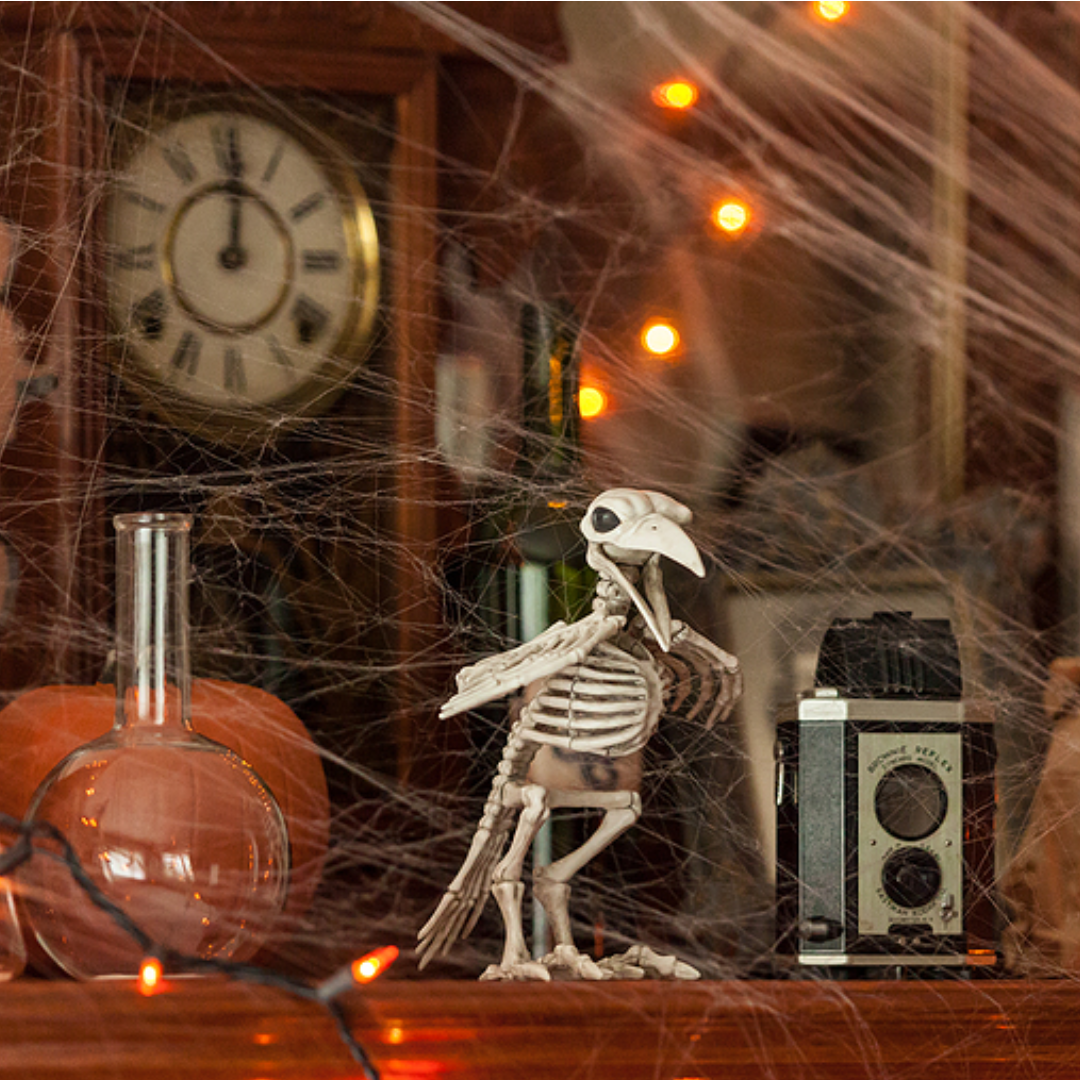 Start with the mantel
Start with the mantel
If you don’t have a fireplace mantel, this fall might be a good time to consider adding one. Mantels come in various widths and depths and can hold all sorts of unique and colorful items.
For the fall months, Halloween is always a popular theme. So are apple baskets, harvest vegetables and anything with earthy shades of orange and brown. You can fill your mantel with vases, candles, pumpkins, pre-bought seasonal decorations and more.
Beside the fireplace
The space around the fireplace is perfect for pumpkin and winter squash displays. Baskets with fall flowers make a lovely accent to your hearth area. Think about adding a fall-themed hearth rug, which will look great during the post-summer season and all year long.
If you have young children, enlist their help for Halloween decorating ideas. They may want to supply some spooky artwork that can flank the fireplace and add zest to the room.
Put the wall to good use
Whether the wall around your fireplace is small or large, you can make good use of it for a fall fireplace spruce-up. Posters, hanging tapestries, candle racks, leaf arrangements and the like will make the wall come alive.
For more allure, consider adding a gorgeous fireplace surround, which borders the firebox and stretches out as far as you’d like. Surrounds can be bought pre-built and ready to install with a wide range of materials, colors and features.
They key to a fabulous fall visual
These are just some ideas to get you started with your fall fireplace decorating. The best ideas are the ones that you come up with and that truly express what the fall season means to you. Be bold, be creative, be adventurous. You never know what you might end up with.
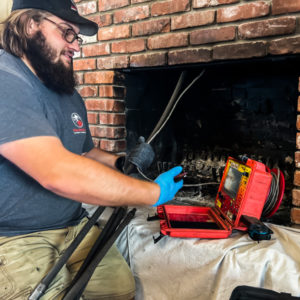 Schedule an inspection and cleaning before winter sets in
Schedule an inspection and cleaning before winter sets in
Another thing you’ll want to see to before winter arrives is a thorough inspection and cleaning of your chimney. An inspection will let you move into the holiday season with peace of mind, knowing your chimney is ready to warm and delight you during the cold weather.
Chimney cleaning involves removing flammable creosote buildups and any debris that might be narrowing your flue. Hire only experienced chimney sweeps for this task.
The post How to Spruce up Your Fireplace for Fall appeared first on Fluesbrothers Chimney Service.

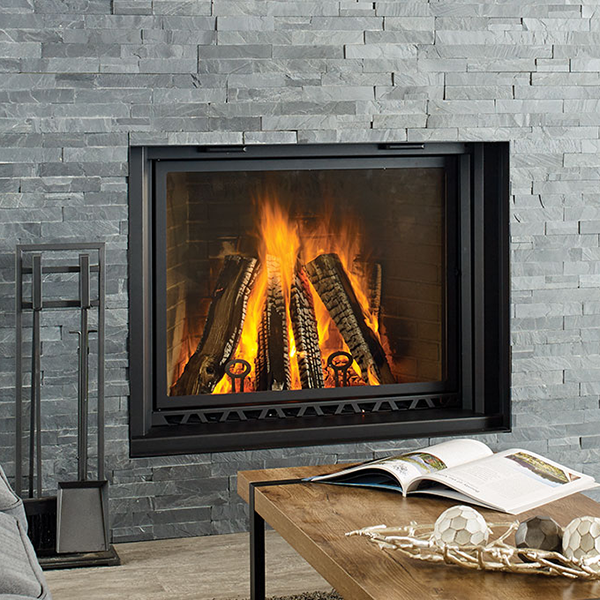 Timeless Aesthetic
Timeless Aesthetic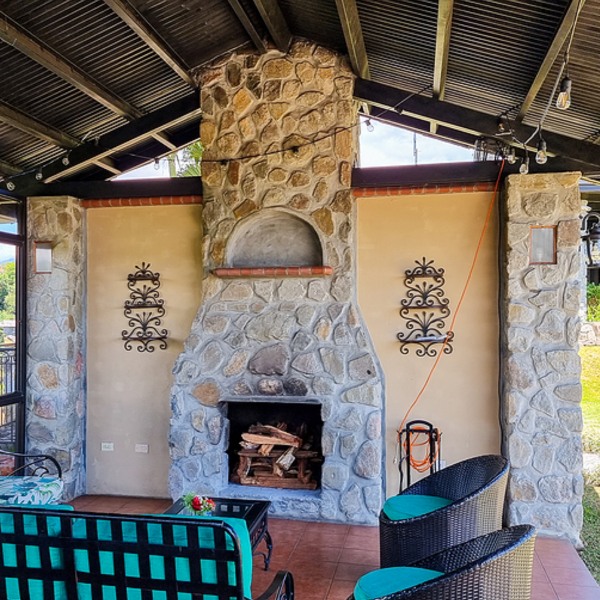 Strong Focal Point
Strong Focal Point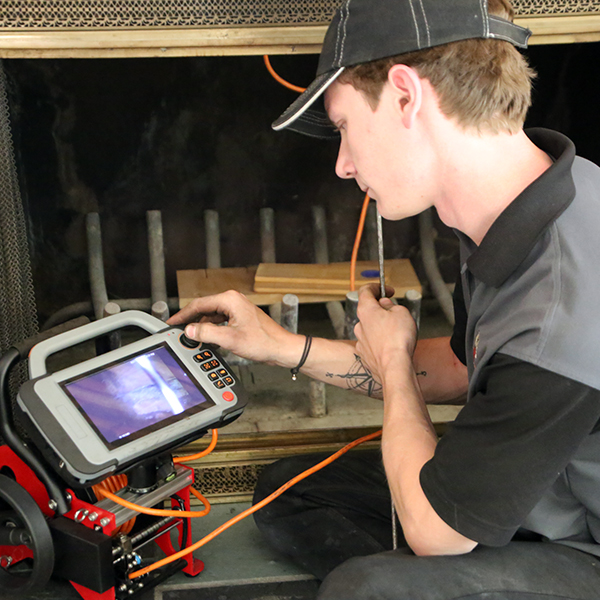 Schedule an inspection
Schedule an inspection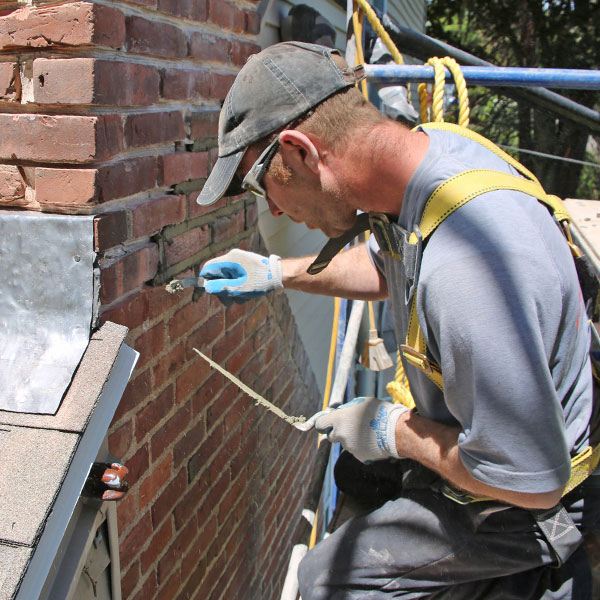 Repairing the damaged and replacing missing parts
Repairing the damaged and replacing missing parts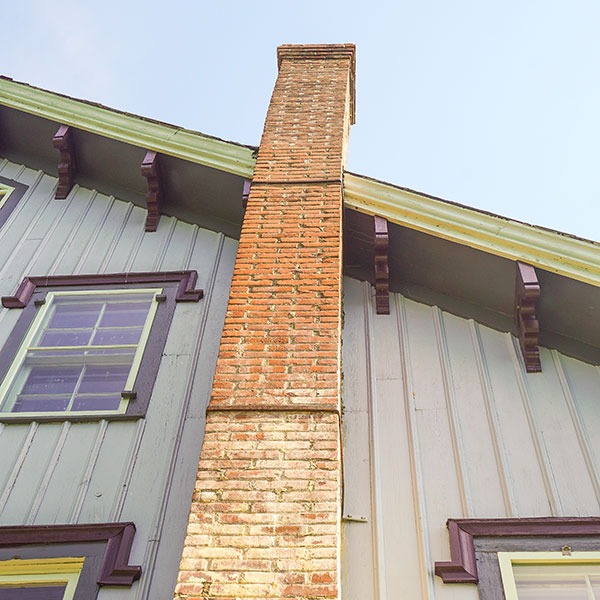 Signs Your Chimney is Leaning
Signs Your Chimney is Leaning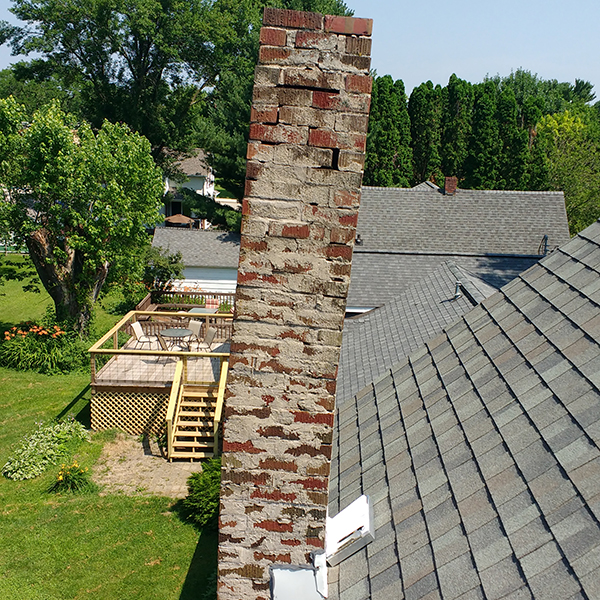 Why are leaning chimneys dangerous?
Why are leaning chimneys dangerous?